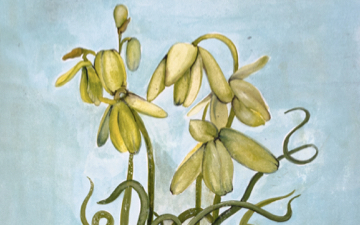Cards
(QUICK LINKS: Decks | plants | mammals | birds | | reptiles | fish | cephalopoda | insects | microbe | events
( scientist | project | modifier | technique |)

Snow Leopard
Panthera Uncia


8 POINTS
MOUNTAIN
PLAY: The snow leopard has a MOVE of 2
FACT: This leopard is listed as Vulnerable on the IUCN Red List with estimates of less than 10,000 left on the planet.

Succulent Grass
Albuca namaquensis


3 POINTS
HILL
FACT: The flowers that bloom from the corkscrew albuca have an aroma similar to vanilla.

Sal Tree
Shorea robusta


2 POINTS
TERAI, HILL
FACT: In Nepal, the leaves of the Sal tree are used to make local plates and vessels called “tapari”, “doona”, and “bota” in which rice and curry is served.

Nepalese Fig
Ficus sarmentosa


4 POINTS
HILL
FACT: The nepal fig is an edible fruit that is native to China, Eastern Asia, Indian Subcontinent and Indo-China region.

Bamboo
Bambusoideae


2 POINTS
TERAI
FACT: Bamboo is one of the fastest growing plants at 1 inch per 40 minutes or 1 mm every 90 seconds.

Usnea Lichen
Usnea sp.


1 POINTS
HILL
FACT: This lichen called old man’s beard must be played next to a tree.